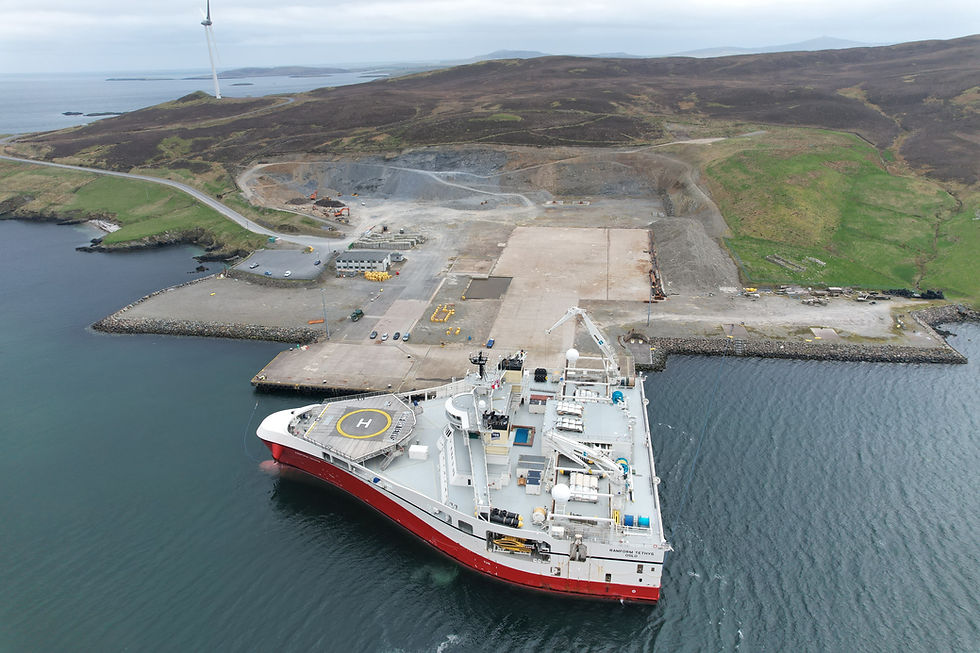NFDC Statement - M&S Oxford Street
- Demolition Hub

- Jul 26, 2023
- 2 min read

The decision to refuse approval of the rebuilding of Marks & Spencer’s flagship Orchard House store on Oxford Street has serious implications.
Unfortunately, the decision to intervene and reject the demolition of a building which was approved by Westminster Council, the GLA, and the local business community, creates uncertainty in the planning process, and more risk for investors. This further impacts the growth and competitiveness of the built environment, which has seen a 34%, year-on-year increase of insolvencies.
What may now follow, without any guarantee of success, is an expensive and lengthy retrofit of three poor-quality, asbestos-riddled buildings dating from the 1920s, whose very design and fabrication fail to pay heed to the principles of net-zero.
The conversations surrounding this decision have revealed a total misunderstanding and implicit bias against demolition as a modern, highly skilled practice for enabling growth.
A structure that was never designed to be energy efficient should be treated with as much caution as a house built on sand. Given the very fabric of a building needs to be changed, it is important to understand that a full-scale refurbishment can be just as carbon intensive as demolition.
Let’s be clear. Demolition is tightly regulated, carefully planned, and considered. It should never be viewed as the unsustainable option by default.
NFDC members recycle over 90% of materials arising from demolition (by weight) and have done so for many years. Many materials are repurposed, reclaimed, and recycled, while all metals are recycled or reused, and concrete is crushed and reused, therefore locking in carbon.
Recycling and upcycling materials is not only beneficial to sustainability objectives, but also the bottom line of the many businesses that make up the built environment, and the demolition industry especially. Any assumption that when a building is demolished those materials are wasted are misguided.
We must be mindful that retrofit it is as much a “one-size-fits-all” solution to sustainability as demolition is. Both have their place, and we must work together to find real solutions that can be applied at scale, without more lengthy, disruptive interventions.
Demolition and retrofit should be considered fairly and on their own merits, so that informed decisions can be made for future developments. Committing solely to one or the other ignores the fact that they both work towards the same goal. Both are necessary if we are to push towards a more circular economy that delivers on both sustainability and growth.
Failure to take an objective view, that considers all viable options, will hamstring the UK’s built environment, which needs to be supported and empowered to deliver the necessary change that will help drive both growth and sustainability, now and in the years to come.
.png)


